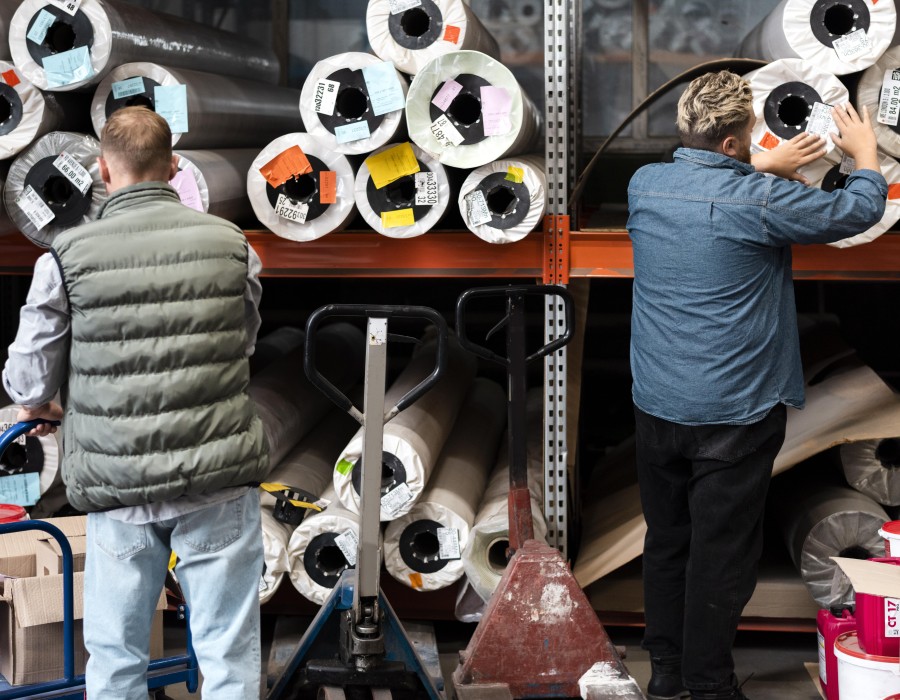Innovation has always been the backbone of American manufacturing. In recent years, Plastic Manufacturing in the United States has transformed from a traditional production process into a hub of creativity, sustainability, and technology. From design to delivery, U.S. manufacturers are using cutting-edge tools and smarter techniques to bring complex ideas to life with speed, accuracy, and cost-efficiency.
The Journey from Design to Product
Every plastic product begins with a concept — an idea that meets a specific need. In the early stages, manufacturers collaborate closely with clients to develop 3D models and digital prototypes. These virtual designs help visualize the final product before any materials are used.
Using CAD (Computer-Aided Design) and simulation software, engineers can analyze strength, flexibility, and functionality. This stage ensures that the design not only looks good but performs perfectly under real-world conditions. With this data-driven approach, U.S. manufacturers minimize risks, shorten development cycles, and reduce overall production costs.
The Role of Precision Mold Making
Once the concept is finalized, the next crucial step involves creating molds — the heart of the plastic production process. Here’s where a mold making company plays a vital role. Molds are crafted using advanced CNC machining and electrical discharge machining (EDM) to ensure dimensional accuracy and a flawless finish.
Modern mold-making techniques also use automation and robotics to achieve higher precision. This allows manufacturers to produce complex parts with intricate details consistently. As molds directly impact the quality of the final product, innovation in this stage ensures better performance and longer mold life — both essential for large-scale production.
Advanced Materials Shaping the Future
Today’s plastic manufacturers are not limited to traditional polymers. They are exploring eco-friendly and high-performance materials that align with global sustainability goals. Bioplastics, recyclable resins, and reinforced composites are now becoming mainstream in Plastic Manufacturing in the United States.
These innovative materials provide strength, flexibility, and thermal resistance while reducing environmental impact. By adopting greener alternatives, U.S. manufacturers are not only meeting regulatory standards but also appealing to eco-conscious clients.
Automation and Smart Manufacturing
Automation is redefining efficiency in the plastics industry. From robotic arms handling parts to real-time monitoring systems, automation ensures consistency, speed, and quality. Smart sensors collect data at every stage of production — from molding to packaging — helping teams detect defects early and optimize machine performance.
Incorporating Industry 4.0 technologies, such as IoT and artificial intelligence, enables manufacturers to predict maintenance needs, minimize downtime, and enhance throughput. This shift toward smart manufacturing is helping the U.S. plastic industry remain globally competitive.
Sustainability Through Innovation
Sustainability is more than a buzzword — it’s a priority. Many U.S. plastic manufacturers are investing in closed-loop systems that recycle waste back into production. By reusing scrap materials and improving energy efficiency, they’re significantly reducing carbon emissions and operational costs.
In addition, additive manufacturing (3D printing) allows rapid prototyping with minimal waste. This technology helps companies test designs before full-scale production, saving time and resources. Together, these efforts support a more responsible and sustainable manufacturing ecosystem.
The Human Touch Behind the Technology
While automation and robotics dominate the headlines, innovation also thrives because of skilled engineers, designers, and technicians. Their expertise bridges the gap between digital tools and real-world applications. Collaborative work environments foster creativity, encouraging teams to experiment with new materials, designs, and techniques.
Training and continuous learning are central to maintaining this edge. Many manufacturers invest in upskilling their workforce, ensuring they stay ahead in a rapidly evolving industry.
The Competitive Edge of U.S. Manufacturers
What sets Plastic Manufacturing in the United States apart is its focus on quality, customization, and innovation. American manufacturers are known for delivering complex, high-precision components that meet strict industry standards — from automotive and medical to aerospace and consumer goods.
By integrating advanced mold design, sustainable materials, and smart production systems, U.S. companies can offer faster turnaround times, greater flexibility, and superior product quality. This combination of technology and expertise positions them as global leaders in plastic manufacturing.
Frequently Asked Questions (FAQ)
1. What makes U.S. plastic manufacturers stand out from overseas competitors?
U.S. manufacturers focus on innovation, quality, and sustainability. Their use of advanced technology, automation, and high-grade materials ensures reliable performance and shorter lead times.
2. Why is a mold making company important in plastic production?
A mold making company creates the molds used for shaping plastic parts. High-quality molds ensure precision, consistency, and long-term durability in every product.
3. How are American manufacturers addressing environmental concerns?
They’re adopting recyclable materials, bioplastics, and waste reduction systems. Many have also implemented energy-efficient production lines to lower carbon footprints.
4. What industries benefit most from U.S. plastic manufacturing?
Industries such as automotive, healthcare, aerospace, and consumer electronics rely heavily on plastic components made by innovative U.S. manufacturers.
5. What trends will shape the future of plastic manufacturing?
Expect to see increased use of automation, eco-friendly materials, AI-driven production, and digital twins — all aimed at improving efficiency and sustainability.





Comments